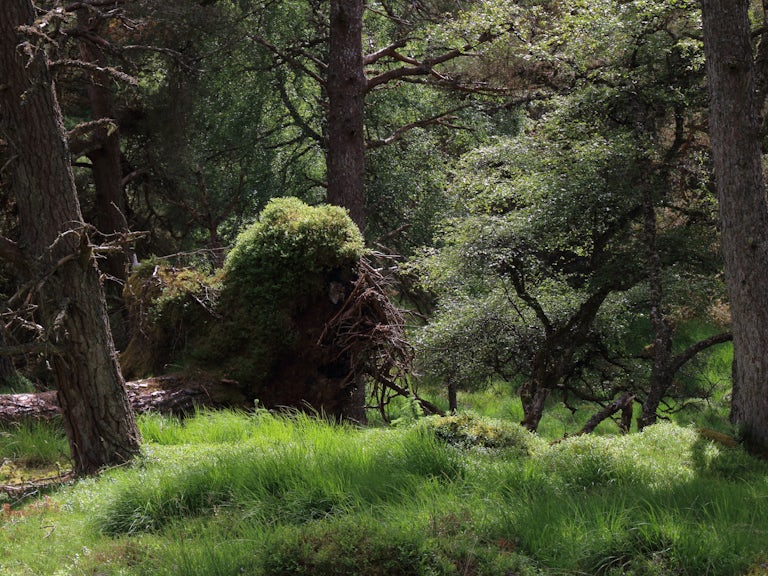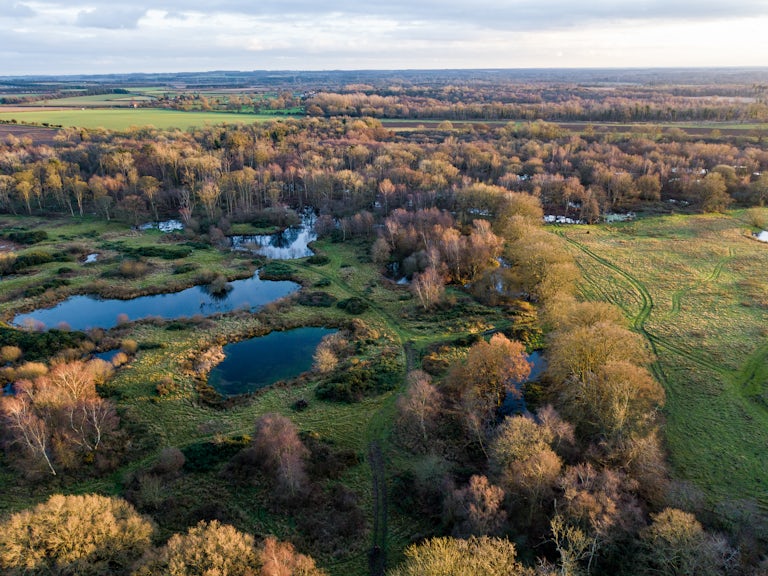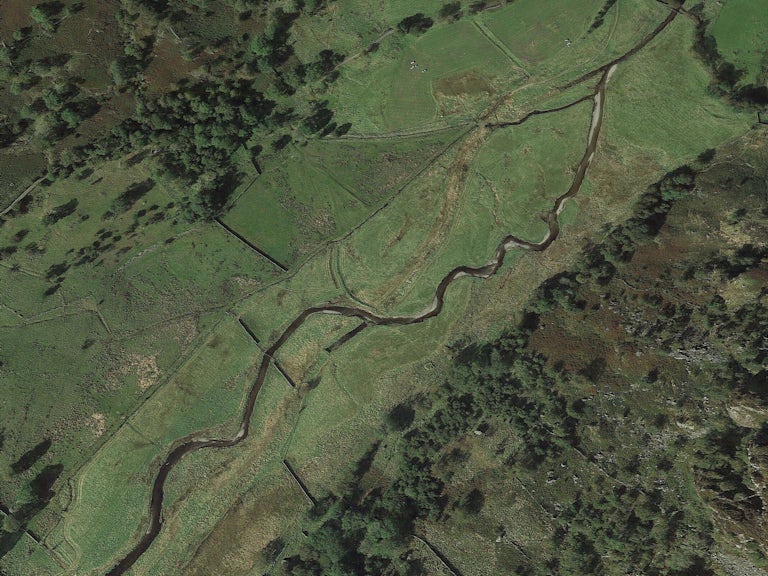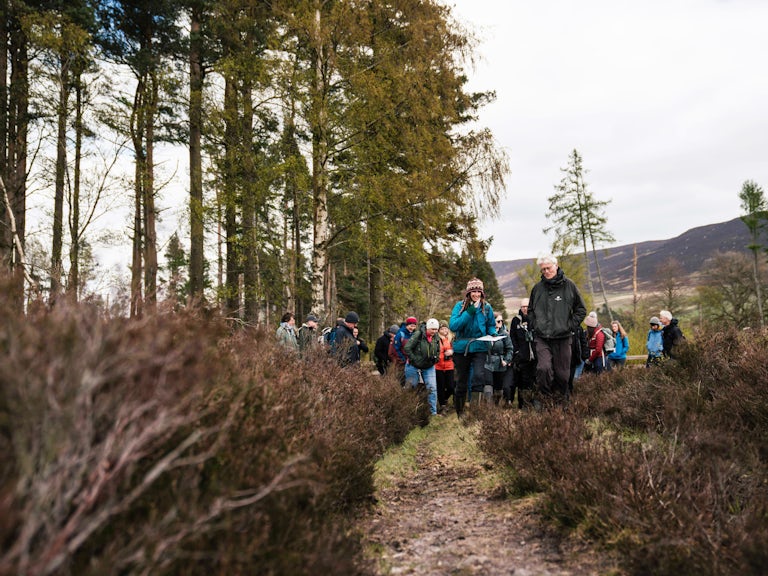UK Government’s England Tree Strategy Consultation
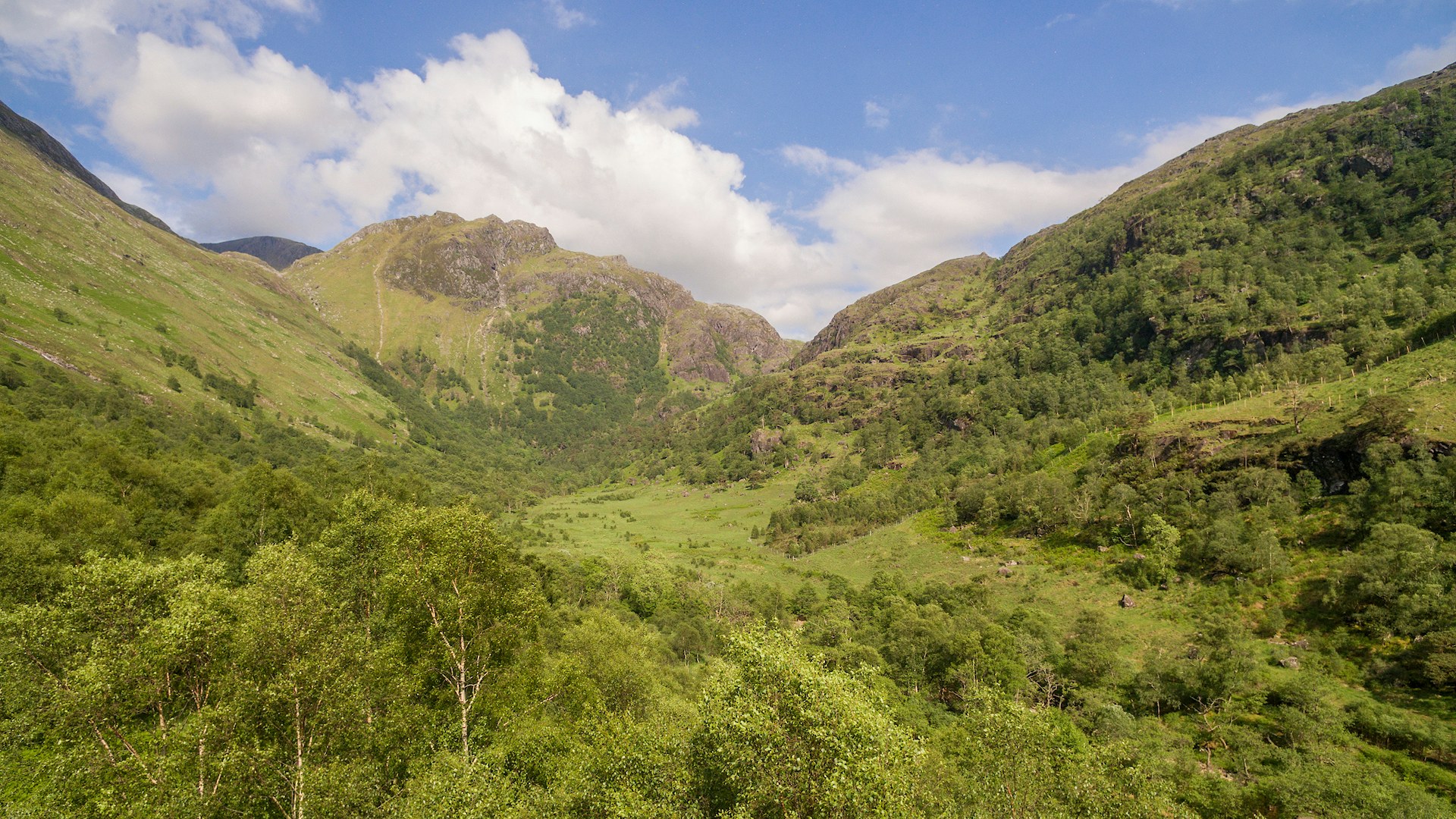
Published 03/09/2020
What is the England Tree Strategy?
The England Tree Strategy is a plan drawn up by the Government setting out its forestry policy up to 2050. It focuses on expanding, protecting and improving our woodlands, and how trees and woodlands can connect people to nature, support the economy, combat climate change and recover biodiversity.
Rewilding Britain supports the need for and articulation of an England Tree Strategy. We agree that urgent action is needed to address climate change and biodiversity loss, and trees can help address both.
We need bigger ambitions with more natural solutions
With Britain, one of Europe’s least wooded countries, the current proposal to increase England’s woodland tree cover from only 10% currently to just 12% by 2050 is woefully inadequate. We urgently need to see an expansion of nature’s recovery across Britain to match the scale of the threats from accelerating climate heating and species extinction.
Rewilding Britain called for measures in the England Tree Strategy to:
1. Double woodland cover to at least 26% by 2030 for the benefit of people, nature and climate.
Rewilding Britain would like to see clear and ambitious targets for increasing woodland cover given the scale of pace and scale of change required. Doubling UK woodland cover from the current 13% to 26% could help absorb 10% of the UK’s current greenhouse gas emissions. That’s around 47 MtCO2e a year, as demonstrated in our recent report ‘Rewilding and Climate Breakdown’. We know we have more than enough suitable land to double tree cover in England, without impacting peat, other precious habitats or valuable farmland.

There’s also strong public support for the role of rewilding and nature’s restoration – particularly within the current context of a green recovery. We are therefore calling for the England Tree Strategy to reflect this by providing financial and technical support for a doubling of woodland cover by 2030, including the area of land where young woodlands are regenerating and growing into the forests and wildwoods of the future.
2. Support natural regeneration as the default approach
The Government’s unambitious plans also focus on manual tree planting as a quick fix. But our recent research shows that allowing natural and assisted regeneration – supported by native tree planting in suitable sites – would be the most effective long-term approach for landscape-scale reforestation.
Allowing trees and shrubs to naturally regrow over much of their former landscapes could massively increase the scale of woodland creation at a fraction of the cost. It would create woodlands better able than plantations to soak up carbon dioxide, support wildlife, and adapt to a changing climate. Management costs, imported tree diseases, and plastic tree guards would all be reduced. We therefore support a hierarchical approach where we:
- 1. Prioritise, and provide financial and technical support, for natural regeneration as a default approach.
- 2. Kick-start the process with assisted regeneration where truly natural regeneration is not possible, or would take many decades to happen (e.g. due to distant seed sources, impenetrable sward, over-grazing) through ground preparation, direct seeding etc.
- 3. Plant locally sourced tree saplings (“whips”) only where still considered necessary — particularly where this positively engages local people and communities.
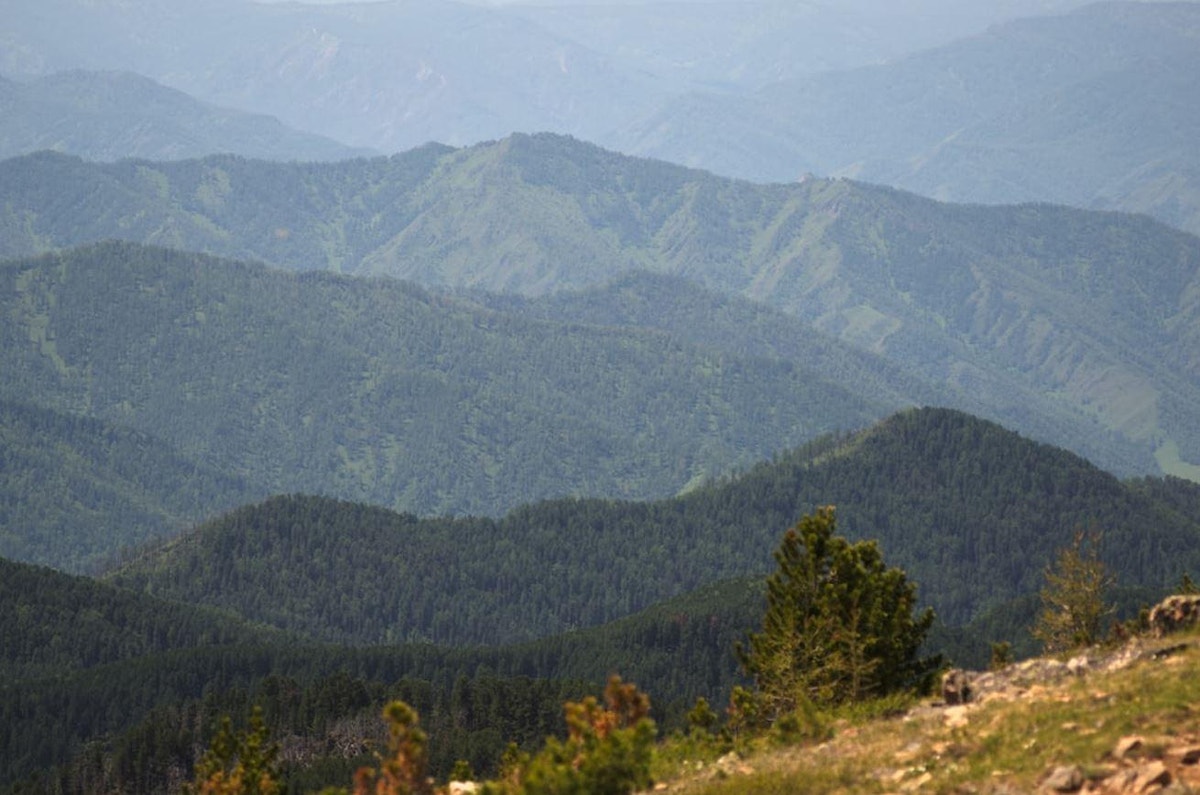
From all over the world we are seeing evidence highlighting the benefits of natural regeneration. In Eastern Europe and the former USSR, vast spontaneous reforestation since the Soviet Union’s collapse includes most of over 58 million hectares of abandoned croplands in Russia and Kazakhstan. Flourishing broadleaved forests in coastal southern Norway – once as deforested and bare as much of Britain today – demonstrate how natural regeneration might happen in upland areas like Cumbria without intense grazing pressure and detrimental management such as moorland burning.
Using natural and assisted regeneration as the default approach makes reaching the target of doubling woodland cover achievable and will result in more resilient and biodiverse woodlands than tree-planting. If we let them, trees will plant themselves in their many millions over much of Britain.
3. Raise and integrate investment in woodland regeneration from public and private financing
To double Britain’s woodland cover, the Government should raise annual investment from £50 million now to at least £500 million. Economic benefits would include jobs in forestry, tourism and ecosystem restoration. Meanwhile, the many benefits of trees – carbon drawdown and storage, flood mitigation, urban cooling, improved soil and water quality, and wildlife habitat – far outweigh such upfront costs. Faced with the combined climate and nature emergency, we can’t afford not to spend more money on trees.
We propose that this can be achieved through a blend of private/public investment in land management that supports a mosaic of natural woodland regeneration mixed in with low impact timber industry that maximises species diversity and natural processes. Financial support and access to investment capital should be provided for landowners and communities, for high up-front costs and long-term paybacks for investing. This should not impose arbitrary land use aims – for example, between farming and forestry systems. Regenerating and rewilding areas will often include a mosaic of different types of habitats on all scales, with woodland alongside wetland, grassland, scrub, and non-woodland trees. This diversity is vital to many species’ life cycles and ecosystem functions.
Demand a bolder England Tree Strategy
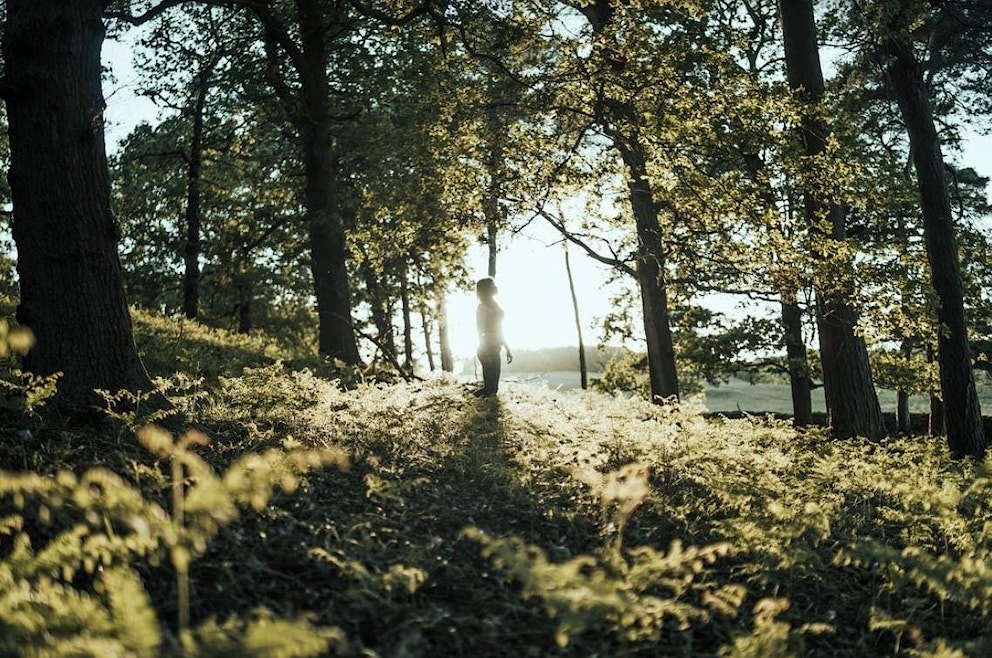
Consultation now closed
Thank you to all of our supporters who echoed and backed up our calls on the government. We had over 300 of you copy us into your consultations. We will post updates in due course.

Explore our Rewilding Manifesto
Learn more
Our vision
We have big ambitions. Find out what we’ve set out to achieve through rewilding.
Our vision
